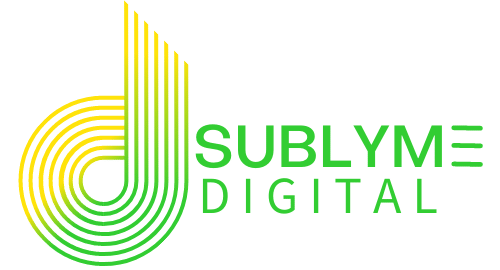
Author: Graham Davidson
Graham Davidson is the Owner and Chief Marketing Guru of Sublyme Digital, leading the agency’s remote-first approach to deliver impactful web design, SEO, and digital growth strategies for businesses across North America.
Adapting Keyword Strategy for Semantic Search
The Evolution of Search
Key Takeaways
- Semantic search prioritizes user intent and meaning over exact keyword matches, fundamentally shifting SEO strategy.
- Successful content requires a focus on topics, context, and natural language—mirroring how people search and converse.
- Structured data, topic clusters, and user experience optimization are essential for visibility in modern search.
- Brands that embrace semantic search will earn higher rankings, better engagement, and greater trust from both users and search engines.
Understanding Semantic Search
- User Intent: What is the searcher really looking for? Are they seeking information, making a purchase, or looking for a specific website?
- Contextual Clues: Where is the user located? What device are they using? What have they searched for in the past?
- Entity Relationships: How do different concepts, topics, and entities connect? For example, understanding that “Apple” can refer to both a fruit and a technology company.
- Natural Language: How do people actually phrase questions and requests in conversation, especially with the rise of voice search and AI assistants?
Semantic search is reshaping keyword strategy by focusing on user intent and the context related to their searches.
Why Focus on Semantic Search?
Key Strategies for Adapting to Semantic Search
We Build Cool

Success Stories
365 Data Centers
Discover how we rapidly rebuilt and optimized a 30-page website for 365 Data Centers, restoring their online presence and managing digital ad campaigns across key regions to drive engagement and growth.
XTECH Football Pads
Discover how we transformed XTECH Football Pads' digital presence, boosting their online sales and tripling website traffic through innovative website development and user experience enhancements.
BeEarth Foundation
Discover how we partnered with the BeEarth Foundation to develop a website that aligns with their mission of sustainability and global engagement. Our work has significantly increased their online visibility and engagement, supporting their efforts to promote sustainable development.
We Recycle Solar
Learn how we illuminated digital success for We Recycle Solar by completely redesigning their website to reflect their leadership in the growing solar recycling industry and implementing strategic digital advertising campaigns that enhanced their visibility at key industry events.
Preferred Home Health Care & Nursing Services
Explore how we elevated the digital presence of Preferred Home Health Care & Nursing Services by enhancing their website for better lead generation, building a dedicated site for staff recognition, and optimizing SEO for their location pages.
What Our Clients Say: Elevating Online Success
Final Thoughts:
Let's Build Something Sublyme
Ready to update your keyword strategy for semantic search? Contact us to align your content with user intent and boost search relevance. Let’s elevate your online presence together.



